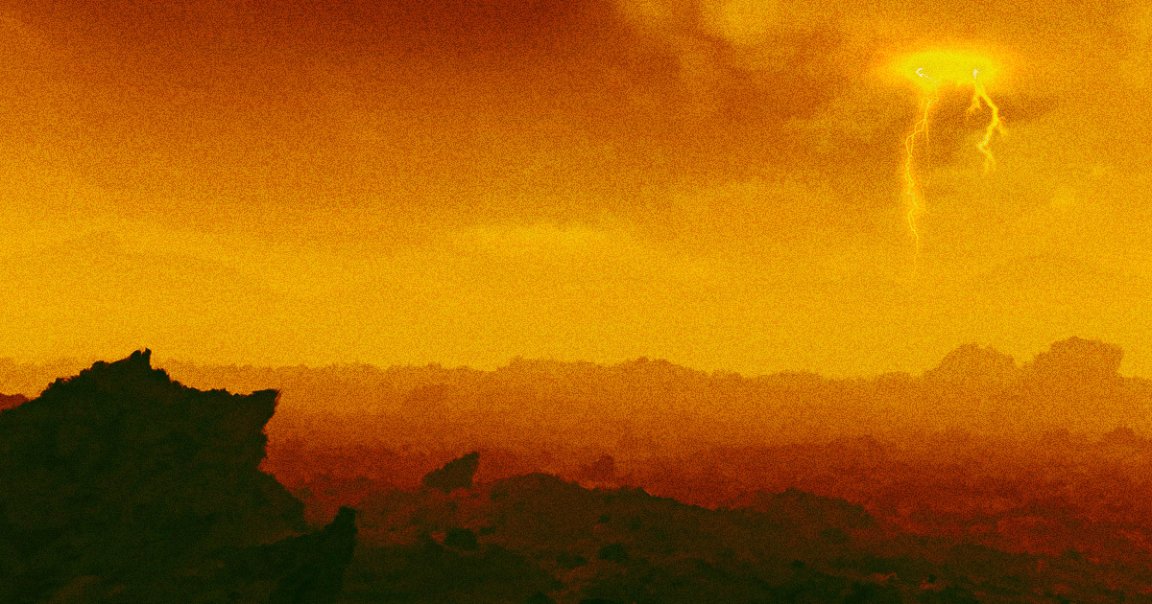
Old Data, New Find
Venus is back, baby — and very much alive.
Scientists taking a look at old data from NASA’s long retired Magellan spacecraft have spotted the best evidence yet that the planet still stirs with volcanic activity, according to a new study published in the journal Science.
Two separate photos, taken eight months apart by Magellan in the 1990s, reveal the way a circular volcanic vent in the Atla Regio region visibly shifted in size and shape.
Known as a caldera, the vent widened from 0.8 square miles in area to over 1.5 square miles, collapsing into an irregular, gaping form, as its dwindling blotches of magma withdrew completely.
This is about as clear cut sign of geological life as we’re gonna get, according to researchers.
“We can rule out that it’s a dying planet,” Robert Herrick, lead author of the study and a planetary scientist at the University of Alaska, Fairbanks, told Science.
Hostile Conditions
While Venus is replete with volcanoes, until now, they haven’t actually been seen in action, locking scientists into a perpetual, hotly-contested debate over the planet’s geological status.
That’s mainly because Venus, simply put, is a pain in the ass to observe. On the ground, sweltering surface temperatures regularly reach past 800 degrees Fahrenheit — the hottest of any planet in the solar system. This, combined with the overwhelming air pressure from Venus’s heavy atmosphere, prohibits anything man-made from surviving more than a couple hours in the neighborhood, at best.
But synthesizing the grainy radar images scored by the spacecraft wasn’t much easier. The Magellan made several passes over the course of five years, and at most, only got to re-image the same areas a handful of times.
To make matters worse, the angle of the radar changed each time as dramatically as up to 180 degrees, meaning that, even though it could be photographing the same spots, the images would look completely different.
Still, in spite of the obstacles, the researchers prevailed, proving that Venus is only one of three planetary bodies in our solar system with active volcanoes.
It’s probably one of the biggest Venus finds planetary scientists could have hoped for in the interim leading up to NASA’s DAVINCI and VERITAS missions, which would mark a long awaited return to the planet — though the latter’s fate, with funding in limbo, remains uncertain. DAVINCI, meanwhile, is slated to launch in 2029.
Either way, the more Venus, the better. The planet remains under-explored and its similarity to Earth means it could reveal a lot more of our own planet’s history and hidden geological workings than you’d think.
More on Venus: NASA Says Venus Is Being Remade by a Squishy Shell